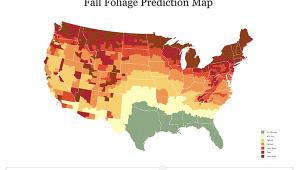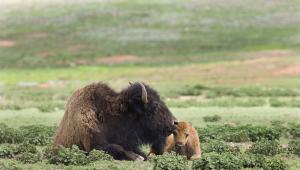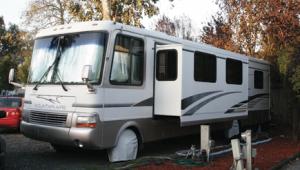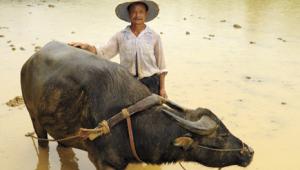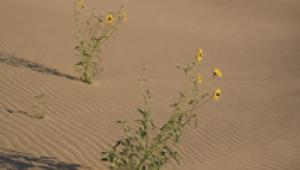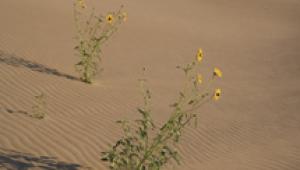Travel Photography
Basic Tips For Every Trip, Near And Far
It's that time of year when many of us are gearing up for our summer vacations. Some folks will go to the far sides of the planet, others will stay close to home. But, no matter where we go, Shutterbug readers have one thing in common: we'll take lots of pictures that document our experience--from our own unique perspective. I love to travel and I love to take travel pictures. I've been doing it for 20 years. I've learned a few things over those two decades, and I've made all the mistakes there are to make. For the relative newcomers to travel photography, I thought I'd share some of my favorite on site techniques. (I'd list my mistakes, too, but that would take up most of this issue of Shutterbug.) To illustrate my tips, I'll share some of my pictures from a recent trip my wife/assistant, Susan, and I made to India this past December. It was, by the way, one of our best trips ever! So, let's get started. Focus On The Eyes Keep It Clean |
|||
Take Pictures And Make Pictures Be Prepared |
|||
See The Light Get A Guide Tell The Whole Story |
|||
Don't Forget The Fun Shots India, Anyone? |
- Log in or register to post comments




